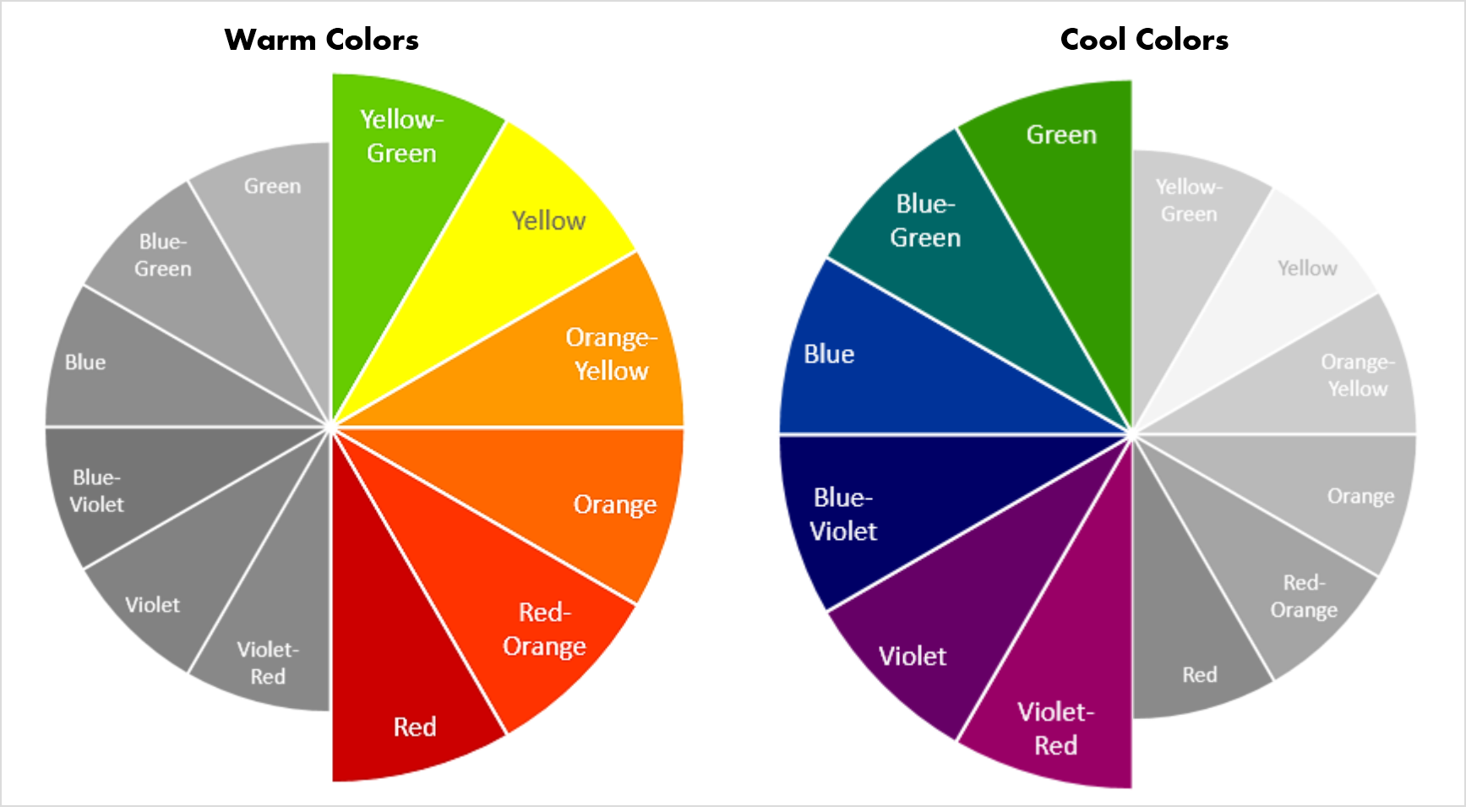
So, why does color temperature matter? In short, it’s all about balance. For instance, your interior might feature warm yellow walls but be furnished with light-blue chairs or pillows. You can also contrast warm and cool colors using furniture, artwork, accessories, and other decorative means. You might do this by having your local painters create a warm accent wall amidst an otherwise cool room (or vice versa). If you want to control the color climate, so to speak, consider implementing both warm and cool colors in a given space. However, leaning too heavily on one direction may throw a room out of balance.

On their own, warm and cool colors can help you achieve the interior aesthetic you’re looking for. Balancing You Space With Both Warm and Cool Colors If you want to get the most out of a smaller room, having your interior house painters coat your walls and ceilings with cool colors will help. Rather than visually shrink an interior space, cooler tones make it feel more spacious, perfect for spreading out. Naturally, cool colors have the opposite effect. Choosing these hues can make a larger space feel less empty and more down to earth. If intimacy is your aim, then, go with warm colors. But if you want to make a more informed decision, consider that warmer colors tend to make spaces more welcoming and, for better or worse, somewhat smaller. At the end of the day, whether you choose warmer or cooler colors for a given space is a matter of preference.

Understanding color temperature is one thing, but implementing it is another. The more you examine warm and cool colors, the easier it becomes to identify them and intuitively “feel” their temperature. Likewise, yellowish-red is considered warm while bluish red (like magenta) is deemed cool. If it’s mixed with some amount of blue or green, for instance, it’s a cooler yellow, but if it’s blended with red, it becomes a warmer yellow. So, yellow can exist as a warmer or cooler color depending on its bias. This propensity toward either end of the spectrum is known as “bias.” The determining factor of a color’s warmth is how far it leans toward the warmest end (yellow-orange) or coolest end (blue). In other words, a color might be extremely warm or cool, or just moderately so. Just like physical temperature, color temperature exists on a spectrum, meaning it’s a matter of degrees.

Cool Colors Defining Warm and Cool Colorsįirst, we need to go over which colors are warm and which are cool. Indeed, while temperature most commonly refers to the amount of heat in a system, it can also be used to describe the amount or type of light reflected by an object.īut what colors would be considered warm or cool, and why? How does color temperature factor into your home painting decisions? And what are some applications for warm and cool colors? Let’s explore these questions and explain why color warmth matters. You might wonder what these adjectives normally used to describe temperature have to do with color. As you compare paint colors for your home interior painting project, you may come across the terms “warm” and “cool” every now and then.


 0 kommentar(er)
0 kommentar(er)
